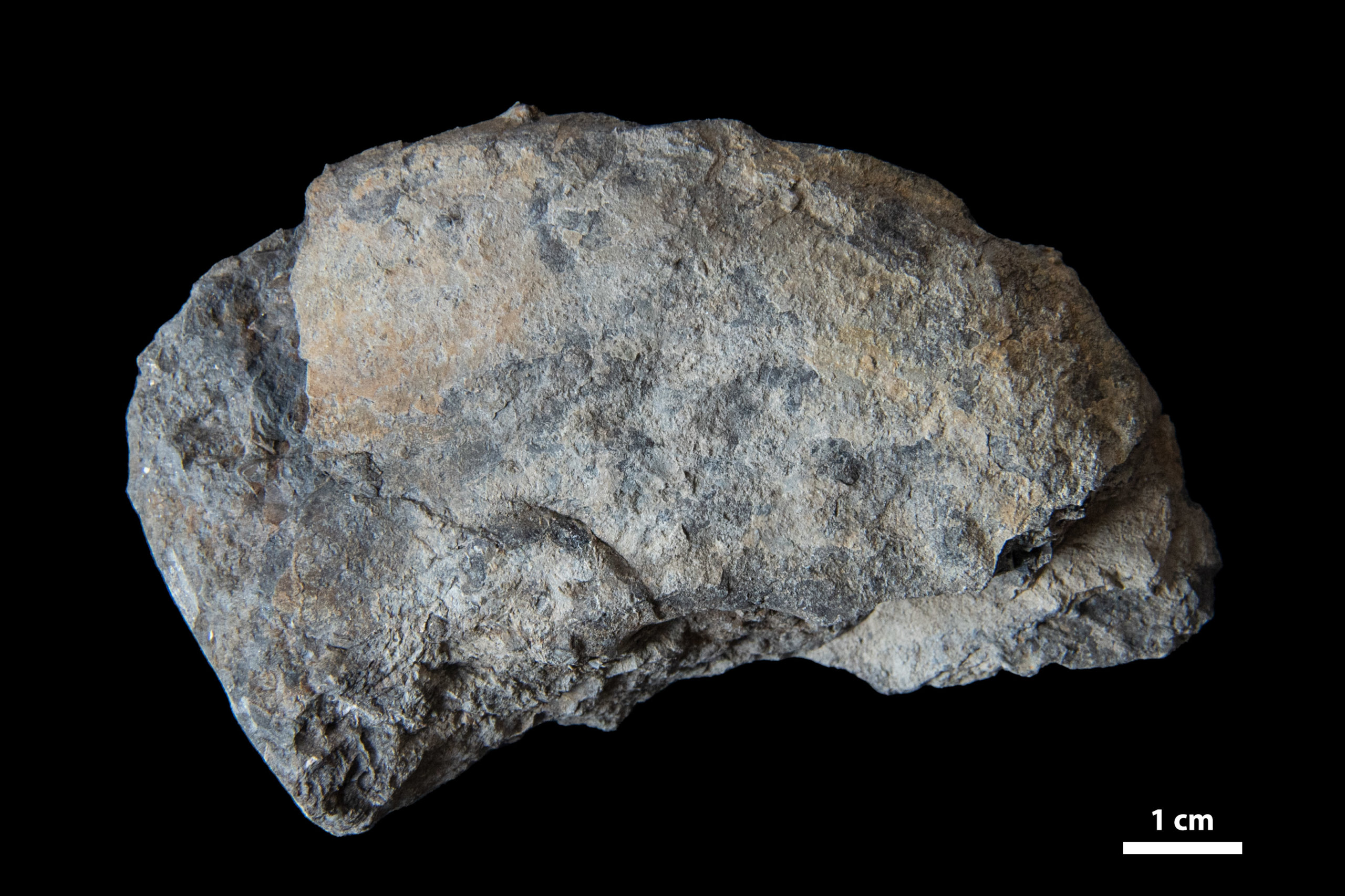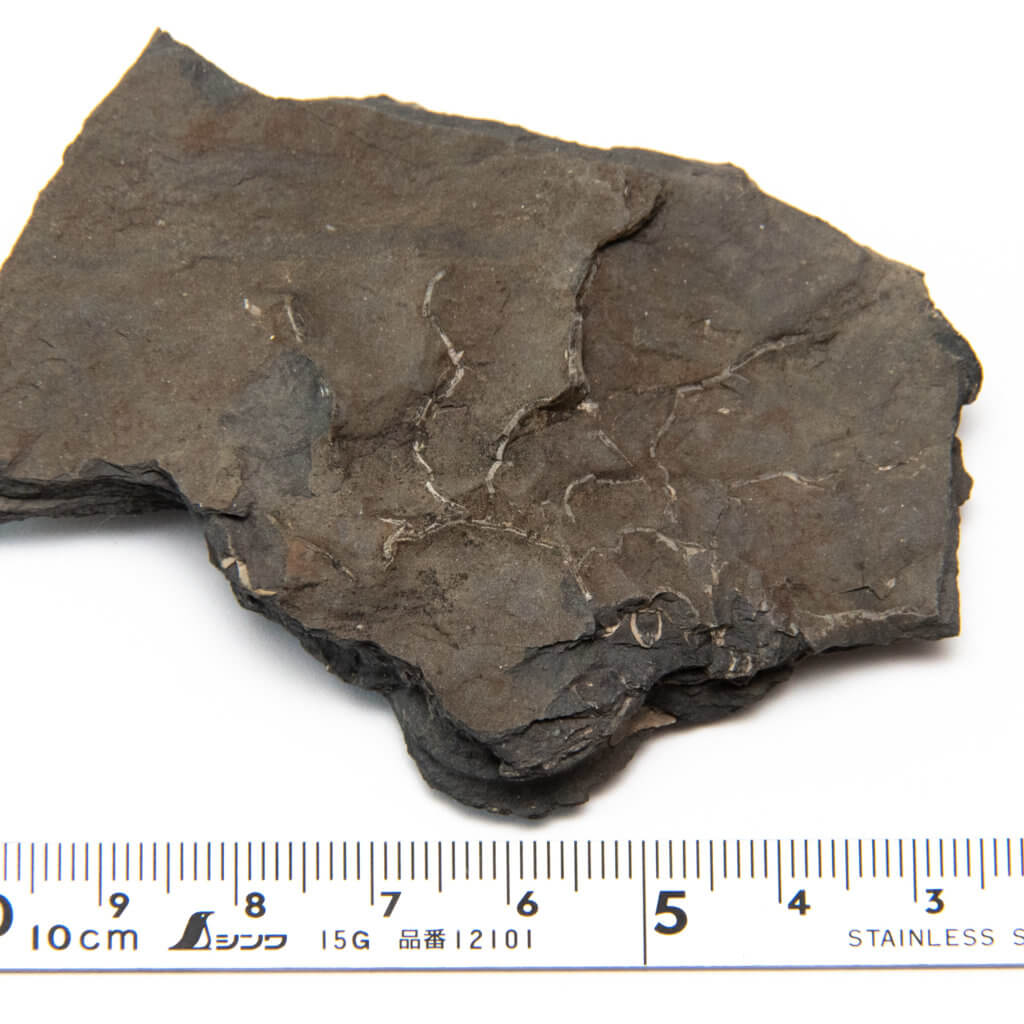Finding a fossilized Ammonoid in the Appalachian Basin is a rare occurrence. I’ve managed to find only a handful over a large number of trips. I have recovered a single one from the Brush Creek limestone and four from the Pine Creek limestone in four years of collecting. Mapes et al. (1997) discussed this in detail in chapter 2-2 of Pennsylvanian Cephalopods of Ohio. They reported, “Of the more than 60,000 Pennsylvanian-age invertebrate fossils in the available Ohio collections, only 276 specimens are ammonoid cephalopods”. Yet, workers have collected 500 to 1,000 ammonoids in the midcontinent in a single day.
While nobody can know why there were so many more nautiloids than ammonoids, the prevailing theory has to do with the environment at the time. The globe below shows a view of the Earth as it looked 300 million years ago. While this is a simple cartoon illustration, it was based on a mature determination by scientists who study the rocks and their magnetic position. When a rock forms from lava, a signature of the Earth’s magnetic field at that time locks into the stone as it cools. While a rock may shift position after this, many of them do not, especially massive flood basalts. By measuring the embedded magnetic fields, scientists have worked backward to determine the geographic position of the Earth’s tectonic plates.
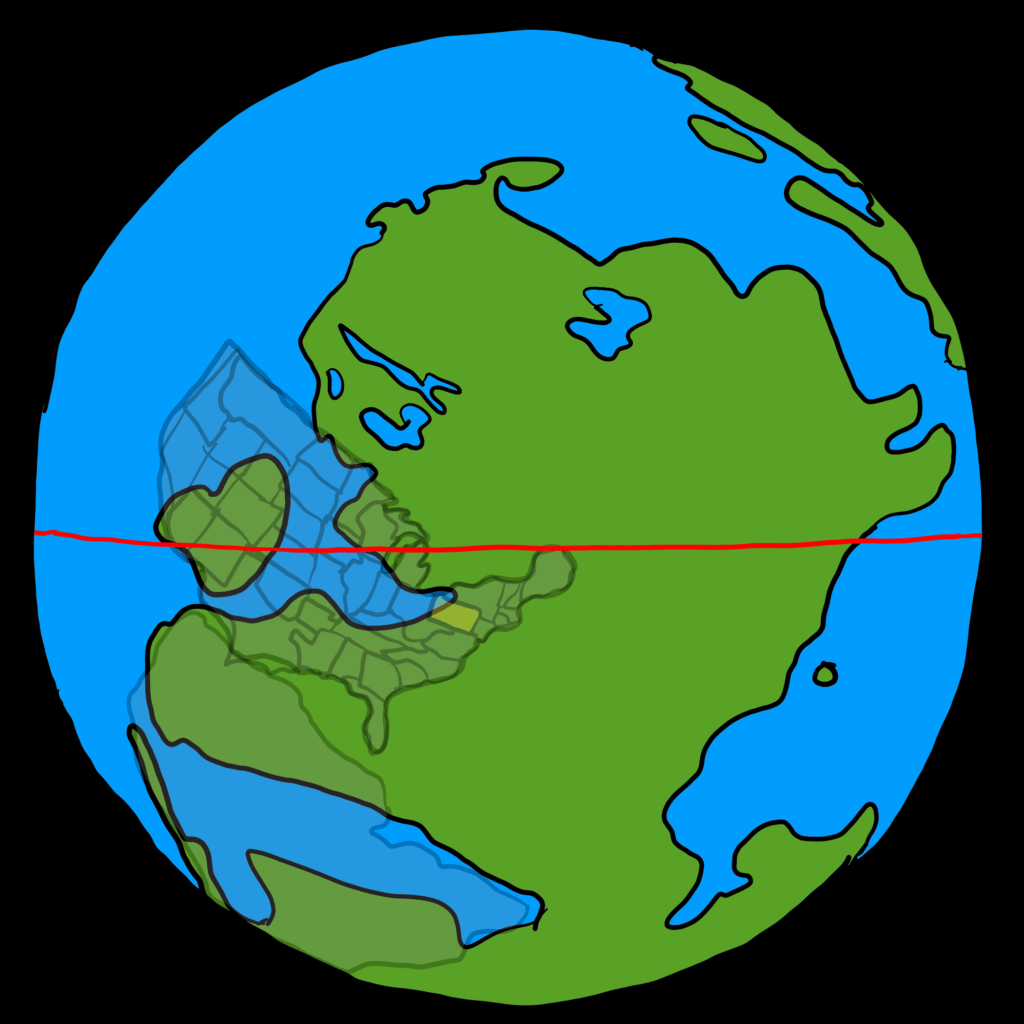
Confirming the Plate Positions
Of course, there is no way to know for sure. Actual confirmation is impossible unless you could capture light strong enough to see the Earth at a position 300 million light-years away from us. But science uses measurements, and the combination of these measurements can tell a story. Scientists measure modern rocks and find that the grains within a point to magnetic North. The seafloor spreads under the Atlantic Ocean, and measurements made from the point of spreading and to the coast confirm the theory. Local measurements also help. In places of marine limestone deposits, we interpret this as evidence of an ancient sea. We know that marine limestone forms in warm shallow seas, so the water was warm and shallow, and it had to be seawater. In places where mountain ranges rise, a plate collision causes the bedrock to rise to great heights.
In western Pennsylvania, the environment was flat and had active deposition of sediments during the Late Carboniferous. The layers of limestone, sandstone, and shale tell the story of a changing world, where sea levels rose and fell over millions of years as water became locked up as ice in the South. We know about the ice because glaciers leave evidence, with deposits of much larger stones with striations. The marks appear due to dragging the rock across the landscape inside a glacier.

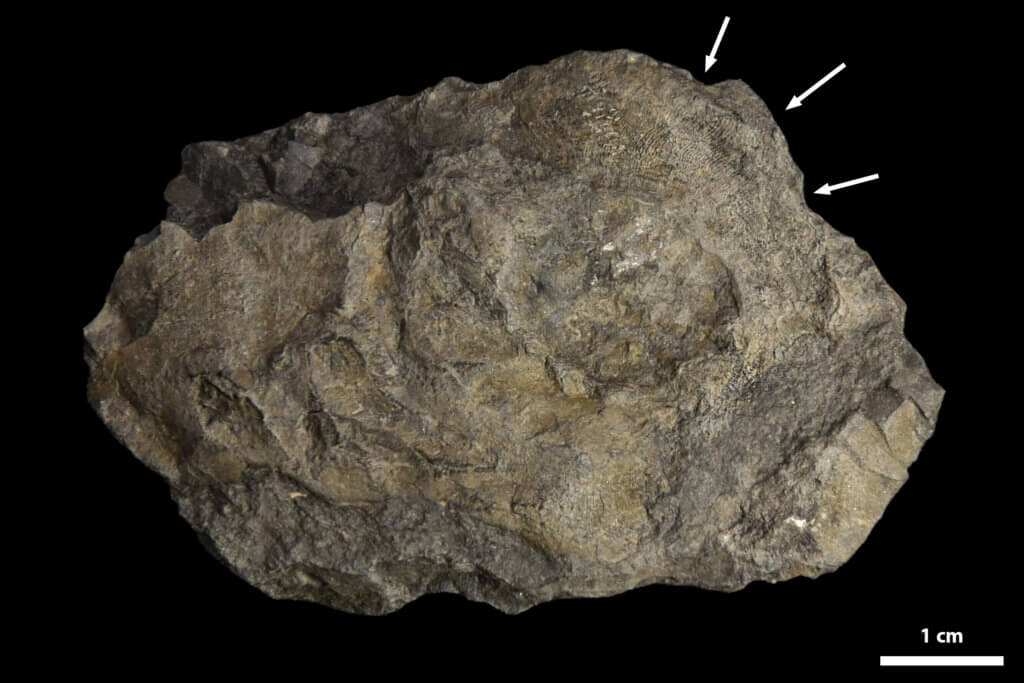
So What About the Ammonoids?
So in the midcontinent, the ocean existed as the Atlantic and Pacific exist today. There were likely continental shelves at the edge, but the water was deeper, and the space was more extensive. It seems that the ammonoids preferred this environment and only rarely would travel to the shallow warm sea inlets that formed when the ice melted and the seas rose. This condition would explain the lack of local ammonoid finds. The animals either could not hunt, were hunted more, or both. Nautiloids seemed to flood these niches; they are common in rocks here.
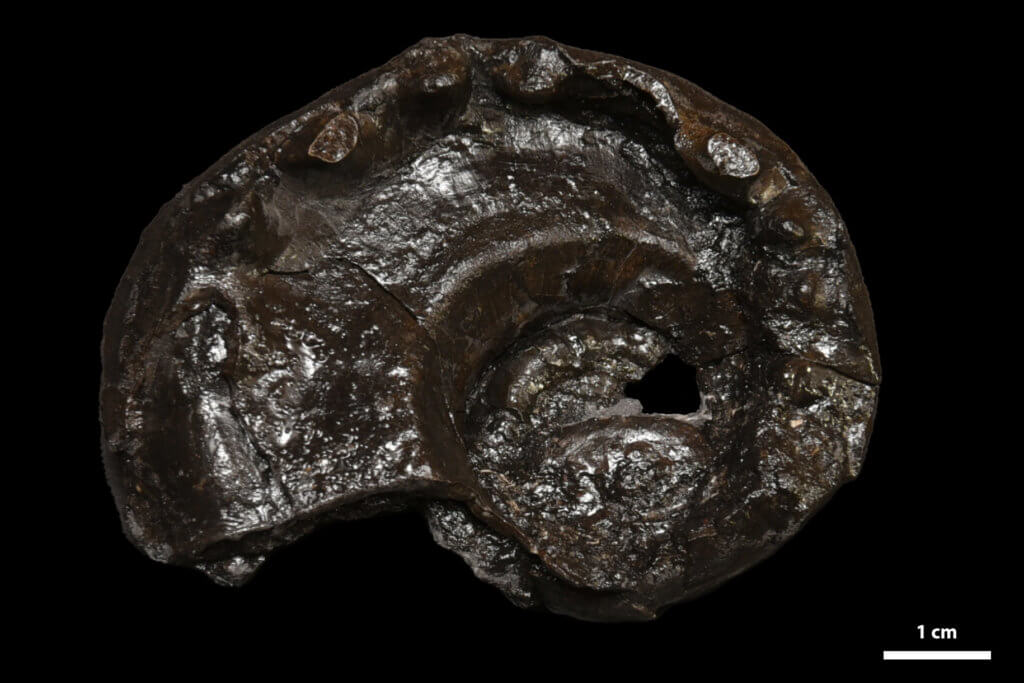
References
- Mapes, R.H. et al., 1997, Pennsylvanian Cephalopods of Ohio, Part 2 Ammonoid Cephalopods, P. 214-215, P. 242-243

